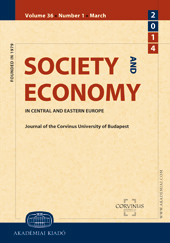Author(s): Elif Iliman Puskulluoglu,Burcu Turkkas Anasiz,Aycan Çiçek Sağlam / Language(s): English
Issue: 1/2019
The purpose of this study is to historically evaluate the processes of supervisor selection, training and assignment in the Turkish education system . In this regard, supervisor selection, training and assignment processes are taken into consideration within three time periods; “Before 1950,” “Between 1950 and 2000,” and “After 2000.” According to the results of this theoretically designed study, the roots of educational supervision stretch back to the pre-Republic period of Turkey. At that time, there were supervision activities but supervisor selection, training and assignment processes were not systemic. With the announcement of the Turkish Republic and Teaching Consensus Law (Ögretim Birligi Yasası), enrolment rates increased and need for supervision activities became apparent. Initially, supervisor selection conditions were top of the agenda. In order to be a supervisor, being a teacher and having experience in teaching was accepted as the first condition. During the period after 2000, both the structure of supervision and the processes of supervisor selection, training and assignment were exposed to a considerable level of change through the introduction of different practices. Changes were introduced in the structure of supervision, processes of supervisor selection, training and assignment regulated by law, governmental decrees and bylaws. Supervisors firstly need to meet certain application conditions, according to the announced criteria, and then they could apply for vice-supervisor positions. After three years of training, they could take the proficiency exams held by the Ministry of National Education and, if successful, earn the right to become a supervisor. Today, it is observed that supervisors are located within a centralized structure and their work is mostly limited to investigations.
More...
















